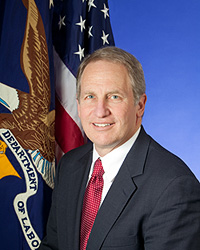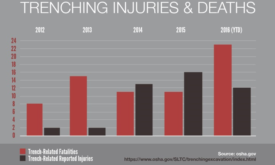A Confined Space blog post
Articles by Jordan Barab
A Confined Space blog post
Boiled to death, buried alive and leg ripped off: The stories behind the statistics
January 4, 2018
A Confined Space blog post
The Weekly Toll: More workers not coming home
December 21, 2017
A Confined Space blog post
“We were supposed to have another 20 years.” Death in the trench
December 18, 2017
A Confined Space blog post
Dispatches from the front lines of the battle for workplace safety and health: Short stuff
December 14, 2017
A Confined Space blog post
One last time: OSHA extends recordkeeping reporting deadline
November 28, 2017
A Confined Space blog post
Editorial board resigns after corporate takeover of worker-oriented public health journal
November 27, 2017
Become a Leader in Safety Culture
Build your knowledge with ISHN, covering key safety, health and industrial hygiene news, products, and trends.
JOIN TODAYCopyright ©2025. All Rights Reserved BNP Media.
Design, CMS, Hosting & Web Development :: ePublishing


